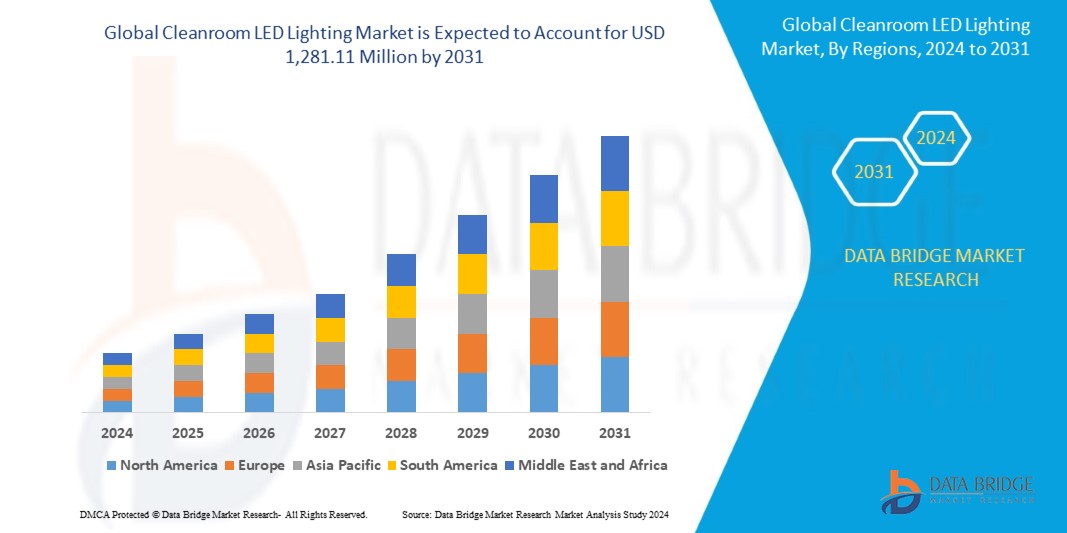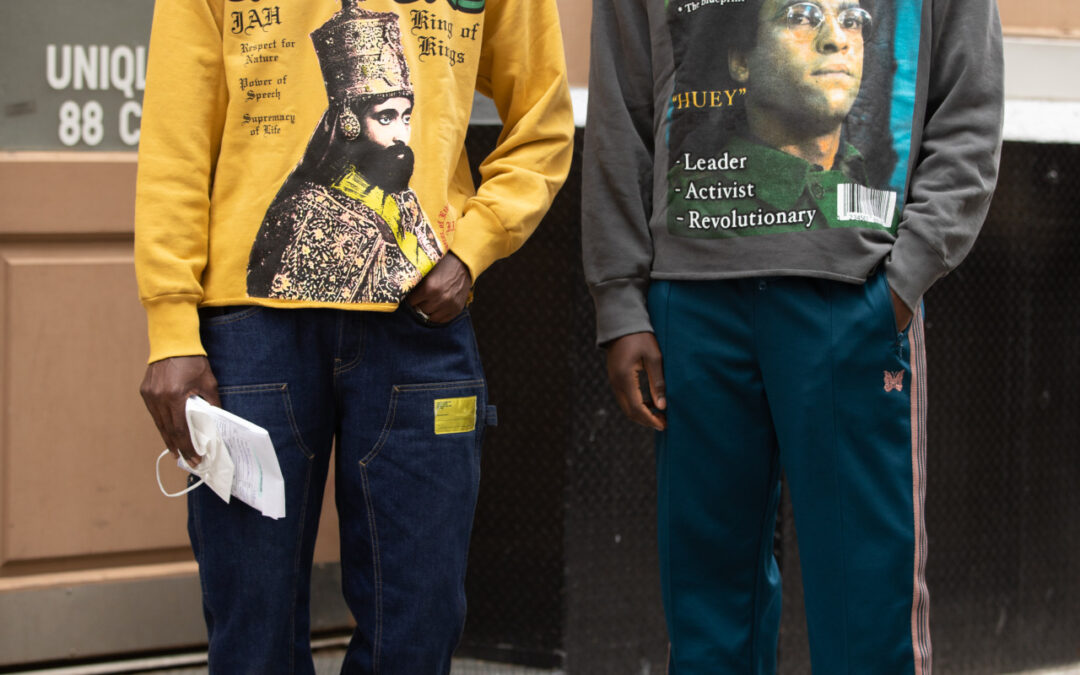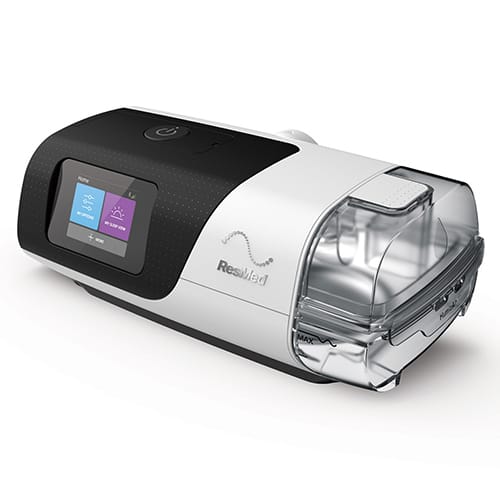Introduction
What is Cleanroom LED Lighting?
Cleanroom LED lighting refers to specialized light fixtures designed to function in controlled environments where contamination must be minimized. These environments typically have strict air filtration, pressure, and cleanliness standards. Cleanroom LED lights are sealed, dust-resistant, corrosion-proof, and often comply with ISO and GMP cleanroom classifications.
Importance in Critical Industries
Industries such as pharmaceutical manufacturing, biotechnology, semiconductors, aerospace, medical devices, and food processing all require cleanroom lighting. The lighting must meet hygienic design, emit minimal particulates, and perform efficiently without generating excessive heat or airflow disruption.
Market Overview
Current Market Size and Forecast
The cleanroom LED lighting market was valued at approximately USD 1.1 billion in 2023, and it is projected to exceed USD 2.3 billion by 2030, growing at a CAGR of around 10.5%. The market’s momentum is driven by growing industrial cleanroom installations, sustainability mandates, and the rising need for sterile lighting environments.
Market Segmentation
By Product Type
-
Recessed Lights – Most commonly used in ceilings for flush-mount installations
-
Surface-Mounted Lights – Used in modular or retrofit projects
-
Pendant and Wall-Mounted Fixtures – Found in specialty zones or vertical applications
By Mounting Type
-
Ceiling-Mounted
-
Wall-Mounted
-
Suspended
-
Integrated Panels
By End-User
-
Pharmaceutical & Biotechnology – Largest end-user, requiring FDA and GMP compliance
-
Hospitals & Healthcare Facilities – Operating rooms, ICUs, and labs demand sterile lighting
-
Semiconductor & Electronics – Require static-free, low-dust environments
-
Food & Beverage Processing
-
Research Laboratories and Aerospace
By Distribution Channel
-
Direct Sales
-
OEMs and Contractors
-
Distributors and Online Channels
By Region
-
North America
-
Europe
-
Asia-Pacific
-
Latin America
-
Middle East & Africa
Regional Insights
North America
North America, especially the U.S. and Canada, holds a significant market share due to its high concentration of biotech firms, pharma production, and stringent FDA regulations. The demand is further amplified by growth in hospital infrastructure and semiconductor fabrication.
Europe
The European market is driven by countries like Germany, France, the UK, and Italy, where medical innovation, strict cleanroom classifications, and energy policies support LED adoption. The EU Green Deal encourages the replacement of legacy lighting systems with LED-based solutions.
Asia-Pacific
Asia-Pacific is the fastest-growing regional market, owing to rapid pharmaceutical and electronics industry expansion in China, India, Japan, South Korea, and Singapore. Investments in semiconductor fabs and R&D labs are boosting the demand for cleanroom infrastructure.
Latin America
Countries like Brazil and Mexico are seeing steady growth due to increasing pharmaceutical production and regulatory modernization. However, limited awareness and higher costs remain barriers to faster adoption.
Middle East & Africa
The region has niche demand from healthcare facilities, research hubs, and aerospace sectors in the UAE, Saudi Arabia, and South Africa. Cleanroom standards are gradually being integrated into new medical and food production facilities.
Market Drivers
Expansion of Pharmaceuticals and Biotechnology
Global pharmaceutical production is growing due to aging populations, vaccine development, and contract manufacturing trends. These sectors require strict environmental control, thus driving demand for cleanroom-certified LED lights.
Regulatory Compliance and Safety Standards
The adoption of ISO Class 1–9 cleanroom standards, along with FDA, GMP, and EU regulations, mandates the use of lighting systems that do not disrupt air pressure, emit minimal particulates, and withstand routine disinfection.
Growing Focus on Energy Efficiency
LED lighting reduces energy consumption by up to 60% compared to traditional fluorescent or halogen systems. As energy regulations tighten, especially in Europe and North America, businesses are opting for cleanroom-rated LEDs to meet both operational and environmental goals.
Market Challenges
High Upfront Costs
Despite long-term savings, initial costs for cleanroom LED lighting remain a concern, especially for small- and mid-sized facilities in developing markets. Custom design, certification, and installation add to capital expenditures.
Specialized Installation and Maintenance
Installing cleanroom lighting requires specialized contractors, sealed mounts, and particulate-free handling procedures, which can complicate project execution.
Limited Awareness in Developing Regions
In regions like Africa, parts of Asia, and rural Latin America, awareness around cleanroom infrastructure and appropriate lighting standards is still emerging. This restricts growth potential despite industrial need.
Emerging Trends
Smart LED Systems in Cleanrooms
Advanced systems now offer automated brightness control, motion detection, real-time monitoring, and integration with cleanroom HVAC systems to enhance efficiency and minimize contamination risks.
Integration with Automation and IoT
Many facilities are embedding cleanroom lighting into broader building management systems (BMS) and IoT platforms, allowing centralized control, analytics, and remote diagnostics.
Adoption of Modular and Retrofit Lighting
Modular lighting panels designed for easy replacement and retrofit-friendly designs are on the rise, allowing older cleanrooms to upgrade without full structural overhaul.
Competitive Landscape
Key Players in the Market
-
Signify Holding (formerly Philips Lighting)
-
Kenall Manufacturing
-
Waldmann Lighting
-
Eaton Corporation
-
Terra Universal
-
Cree Lighting
-
Dialight PLC
-
Herbert Waldmann GmbH & Co. KG
-
LUG Light Factory
-
Permalite Inc.
These companies offer a mix of high-performance cleanroom lighting, customization options, and certified solutions to meet industry-specific needs. Some focus solely on healthcare or pharma, while others provide solutions across sectors.
SWOT Analysis
| Strengths | Weaknesses |
|---|---|
| High energy efficiency and long lifecycle (50,000+ hrs) | High upfront and installation costs |
| Compliance with ISO and GMP cleanroom standards | Specialized maintenance and handling |
| Reduced maintenance in sterile environments | Lack of awareness in low-income regions |
| Opportunities | Threats |
|---|---|
| Expansion of smart lighting systems | Fluctuating raw material prices |
| Growth in cleanroom retrofitting and renovation projects | Competition from cheaper, uncertified lighting solutions |
| Surge in demand from Asia-Pacific semiconductor segment | Economic downturns impacting healthcare/pharma CAPEX |
Future Opportunities
Semiconductor and Electronics Boom
The global surge in microelectronics manufacturing, especially in Asia and North America, will demand highly controlled cleanroom environments, translating into higher cleanroom LED lighting installations.
Focus on Modular Cleanroom Solutions
As the market moves toward prefabricated and modular cleanrooms, demand for plug-and-play cleanroom lighting that integrates with mobile labs, biotech trailers, and temporary clean zones will increase.
Green Building Certifications
Earning LEED, BREEAM, and WELL certifications will become more critical for pharma and healthcare companies, driving adoption of low-energy, low-heat emission LED solutions that align with sustainability metrics.
Conclusion
The cleanroom LED lighting market is steadily growing as industries prioritize hygiene, compliance, energy efficiency, and automation. From pharmaceutical giants to high-precision electronics manufacturers, cleanrooms are the new normal—and LED lighting plays a pivotal role in their function and safety.
While cost and complexity remain key challenges, the long-term return on investment, combined with global regulatory momentum, is tilting the scale in favor of wider adoption. Innovations in smart systems, AI integration, and retrofitting options are making LED lighting more accessible and intelligent than ever.
As the cleanroom ecosystem evolves, lighting will no longer be just an infrastructure element—it will become a strategic, data-driven component of operational excellence.
Get More Details : https://www.databridgemarketresearch.com/reports/global-cleanroom-led-lighting-market
Get More Reports :
https://www.databridgemarketresearch.com/reports/global-blockchain-in-agriculture-market
https://www.databridgemarketresearch.com/reports/global-mega-solar-power-plant-market
https://www.databridgemarketresearch.com/reports/global-athletic-footwear-market







0 Comments